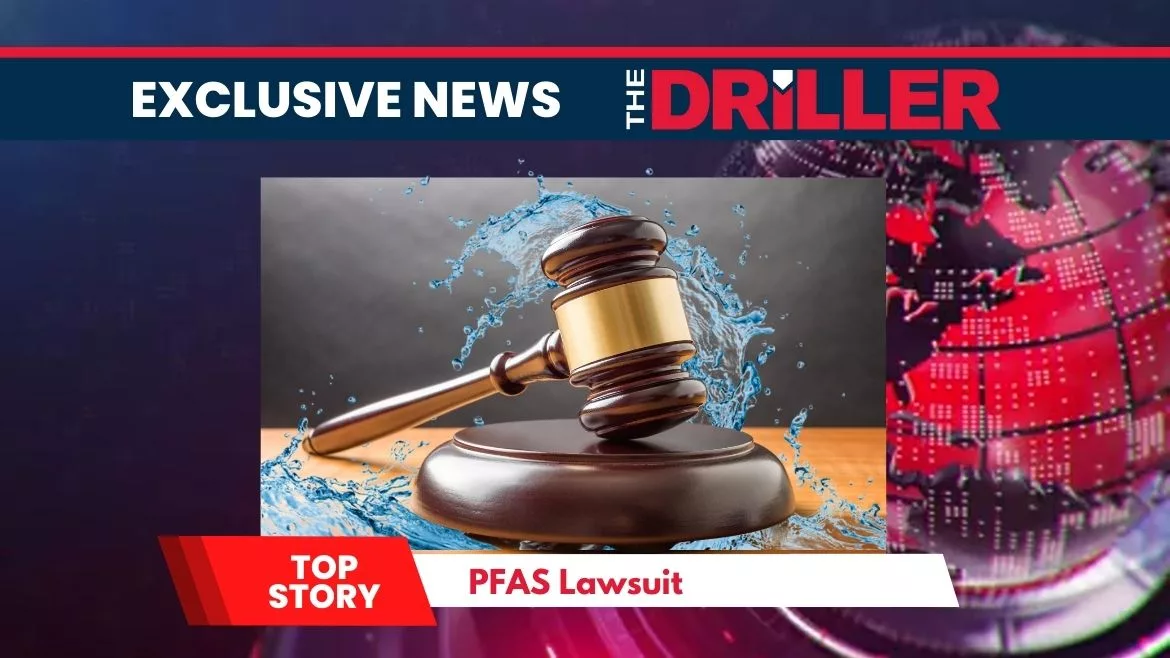News
Organizations Representing Water Producers File Lawsuit Challenging EPA’s PFAS Rule
The lawsuit challenges the science used by EPA to justify the PFAS rule

Two organizations representing water supply professionals have filed a lawsuit challenging the Environmental Protection Agency’s (EPA) rule that sets limits on per- and polyfluoroalkyl substances (PFAS) in drinking water, but that also could put public water systems at risk for multiple litigations by limiting PFAS levels in drinking water.
The case—Association of Metropolitan Water Agencies (AMWA) and the American Water Works Association (AWWA) v. EPA and Michael S. Regan, administrator, Case No. 24-1188—was filed with the U.S. Court of Appeals for the D.C. Circuit on June 7, 2024. The AMWA’s and AWWA’s petition for review is 234-pages, but most of that is the finalized version of EPA’s “PFAS National Primary Drinking Water Regulation” that was announced by the Biden Administration on April 10, 2024, and posted on the Federal Register on April 26, 2024, and which is included in the petition as “Exhibit A”.
On April 19, 2024, the EPA also issued a second PFAS regulation designating perfluorooctanoic acid (PFOA) and perfluorooctanesulfonic acid (PFOS) as hazardous substances under the Comprehensive Environmental Response, Compensation, and Liability Act (CERCLA), also known as the “Superfund.” That rule was posted on the Federal Register on May 8, 2024, but is not listed in the lawsuit.
In the petition, the AMWA and AWWA challenge the science used by EPA to justify the regulation, as well as its potential financial impact on communities and water suppliers. The petition says, “EPA did not rely on the best available science and the most recent occurrence data, and used novel approaches as the basis for certain portions of the rule.”
In addition, the associations say when the EPA finalized the PFAS rule, the agency deviated from the process imposed by Congress for finalizing a regulation, and that the public did not receive enough time to provide input on the rule. The petition says “EPA finalized this rule without following the process mandated by Congress, without allowing the public an adequate opportunity to provide comment, and without addressing the concerns raised by those who work to deliver safe and affordable drinking water to their communities.”
Furthermore, the PFAS regulation can increase the cost of water for consumers, a factor the EPA did not give adequate consideration to, according to the petition, which says, the “petitioners are seriously concerned about the impact of this rule on water affordability, particularly for households that struggle to pay for essential needs. EPA has significantly underestimated the costs of this rule and the adverse impact that it will have on individual water users.”
The AMWA and the AWWA urge the court to “grant this petition because, among its other defects, the rule is arbitrary and capricious or otherwise contrary to law, in excess of statutory authority, unreasonable, not feasible, and not supported by the best available health effects and occurrence data and science.”
The petition is focused on the initial EPA PFAS rule that was issued April 26, 2024, and that sets drinking water standards for PFAS substances of from 4.0 parts per trillion to 10 parts per trillion for PFOA, PFOS, PFNA, PFHxS, and HFPO-DA (also known as “GenX Chemicals”).
The individual PFAS limits set in the final rule depend on the chemicals. Furthermore, the rule not only sets limits for the five individual PFAS chemicals, but it also sets limits for mixtures of any two or more of the PFAS substances, PFNA, PFHxS, PFBS, and “GenX chemicals.”
Under the rule, all public water systems have three years to complete their initial monitoring for those chemicals, and the systems must inform the public of the level of PFAS measured in their drinking water, EPA says. Where PFAS is found at levels that exceed these standards, those systems must implement solutions to reduce PFAS in their drinking water within five years, the EPA says.
In a statement issued by AMWA and the AWWA, the organizations say they share the EPA’s “goal of protecting people from potentially harmful levels of PFAS in drinking water,” and they “supported EPA’s decision to swiftly pursue development of a national PFAS regulation, and we provided the agency with robust, constructive comments to maximize public health benefits in a cost-effective manner.”
Nonetheless, the organizations are concerned “that EPA did not use the best available data and appropriate processes in developing the PFAS regulation,” and they “question the use of a novel ‘Hazard Index’ in place of a ‘Maximum Contaminant Level’ for mixtures of certain PFAS, and the issuing of a preliminary determination to regulate certain PFAS simultaneously with the proposed rule,” the statement says.
In addition, the statement says “Scientific process matters, especially when it will set precedent for how EPA develops future drinking water regulations. AMWA and AWWA therefore believe it is prudent to ask a court to verify that EPA constructed the PFAS regulation according to the letter and spirit of the Safe Drinking Water Act, and to give EPA an opportunity to revisit any components of the rule that fell short.”
A clerk for the U.S. Court of Appeals for the D.C. Circuit says the court has not yet set a date for oral arguments in the case.
The Driller contacted the EPA requesting comment on the lawsuit, and the agency responded with a single sentence that says: “Because this is pending litigation, EPA has no further information to provide.”
Looking for a reprint of this article?
From high-res PDFs to custom plaques, order your copy today!





